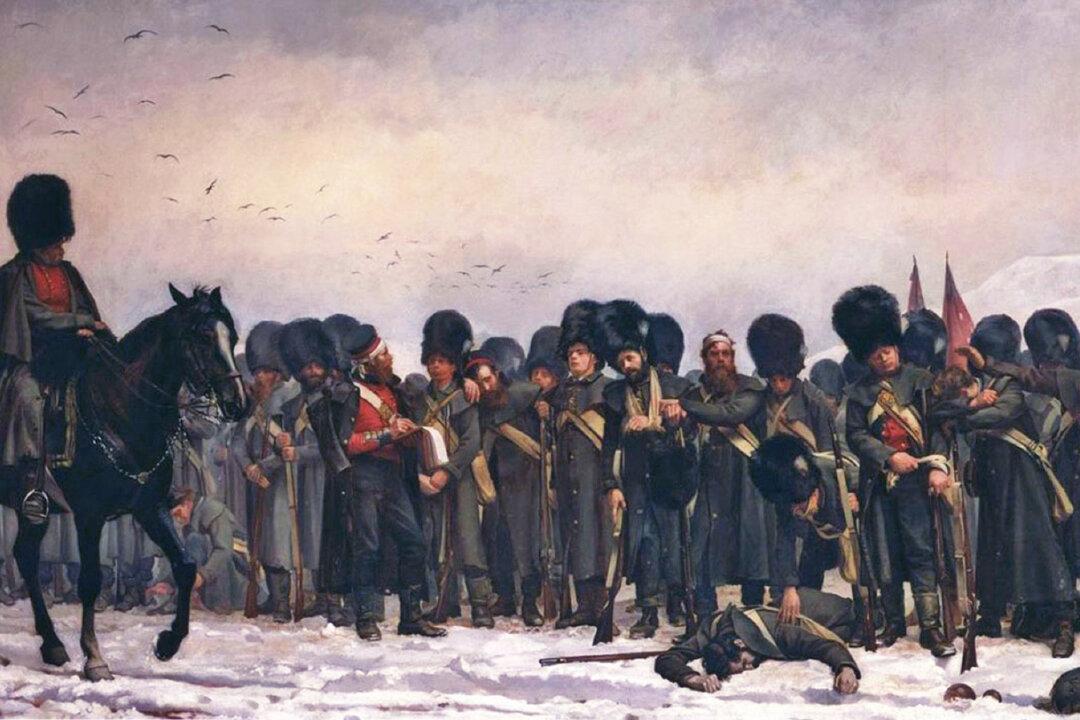When the Royal Academy of Arts opened its 1874 exhibition in London, an exquisite painting by a virtually unknown artist was displayed. Titled “The Roll Call,” the painting details the aftermath of the Battle of Inkerman. By the time the exhibition ended, “The Roll Call” was among Victorian Britain’s esteemed paintings. Elizabeth Thompson (1846–1933), better known by the name Lady Elizabeth Butler, became one of the era’s most famous artists.
The epitome of a Victorian Englishwoman, Butler’s formative years were entirely cosmopolitan. She was born in a Swiss villa in 1846 and spent her formative years in Italy. Together with her siblings—including her sister, who gained prominence as the poet Alice Meynell—she received a thorough classical education. Butler attended London’s Female School of Art and trained as a watercolorist from 1866 to 1869.





